Somehow we’ve got things reversed. We’re laser-focused on our donors as we’re courting them for gifts. We work hard to get those meetings. We roll out the red carpet. We make them feel important.
Then we thank them, hopefully effusively and often (seven times is the golden rule). Many of us do a pretty good job of that these days, but if you want to learn tons more, watch the recording of this amazing webinar featuring Lynne Wester. After listening to Lynne you’ll never write a thank you note that includes a gift amount again!
It’s what happens after the thanks that’s cause for concern.
Just at the moment our donors are most engaged, we often engage less – or disengage – and start work on the next donor.
 Think of your own giving. When you give a gift, your attention is focused on that charity. At that moment you care a lot. You want that money to have an impact. You want to make a difference.
Think of your own giving. When you give a gift, your attention is focused on that charity. At that moment you care a lot. You want that money to have an impact. You want to make a difference.
Even more compelling is the science behind giving. When you do something for someone else, your body releases oxytocin, which boosts one’s mood and counteracts the effects of cortisol (which increases stress). So, we literally feel better after we help. We get a high.
So do your donors. That makes this post-gift period the perfect time to engage them and show them some love. And you’ll be surprised. As hard as it might have been to get the meetings or nail down the gifts, you will be surprised how often it’s now easier to get your donors to engage afterward.
They will love learning how their gifts are being used and what they’re making possible. They’ll delight knowing they’re impacting lives. And when we continue to remind them of how they helped, we continuously help their bodies release oxytocin, so they feel better…and that feeling gets associated with us.
So, let’s give our donors some post-gift love by paying more attention in the months after they give than you did beforehand. A series of great thank you notes is important, but keeping up the engagement throughout the year is just as important. Keep the honeymoon alive!
And never forget it’s seven times as expensive to acquire a donor as it is to retain one so, as Lynne aptly pointed out in her webinar yesterday, you can’t afford NOT to retain them.
You don’t have the time NOT to give some post-gift love.





